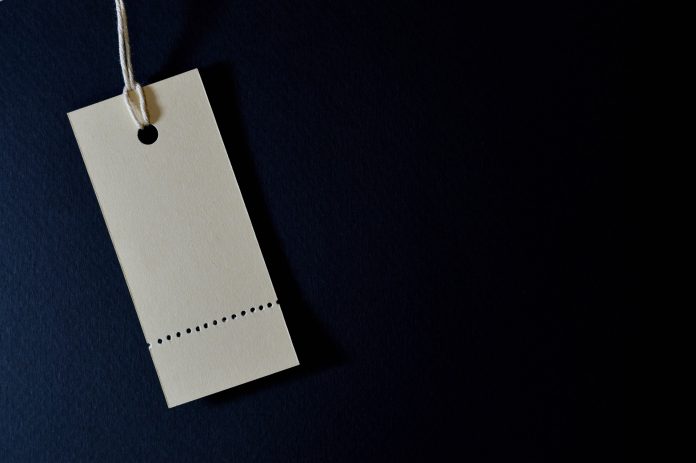Segmenting your email list using tags is a powerful way to send targeted and relevant content to different groups of subscribers. Tags allow you to categorize your subscribers based on various characteristics or behaviors. Here’s how to effectively segment your email data using tags:
- Define Your Tagging Strategy:
- Determine what criteria you’ll use for tagging subscribers. This can include demographic information, purchase history, engagement level, interests, location, or any other relevant data.
- Establish a clear naming convention for your tags to ensure consistency and ease of use.
- Determine what criteria you’ll use for tagging subscribers. This can include demographic information, purchase history, engagement level, interests, location, or any other relevant data.
- Collect and Organize Data:
- Ensure you have the necessary data to apply tags. You might collect this information through sign-up forms, surveys, purchase history, or subscriber behaviour.
- Ensure you have the necessary data to apply tags. You might collect this information through sign-up forms, surveys, purchase history, or subscriber behaviour.
- Tag Subscribers:
- Manually tag subscribers: If you have a relatively small list, you can manually apply tags to individual subscribers. This is typically done through your email marketing platform’s subscriber management interface.
- Automated tagging: For larger lists, use automation rules to apply tags based on specific actions or conditions. For example, tag subscribers who make a purchase, open a particular email or visit a specific page on your website.
- Manually tag subscribers: If you have a relatively small list, you can manually apply tags to individual subscribers. This is typically done through your email marketing platform’s subscriber management interface.
- Segment Subscribers:
- Once you have applied tags to your subscribers, use these tags to create segments. Your email marketing platform should offer segmentation options based on the tags you’ve applied.
- For example, you might create segments like “New Subscribers,” “Frequent Shoppers,” “Product A Interested,” or “Location: London.”
- Once you have applied tags to your subscribers, use these tags to create segments. Your email marketing platform should offer segmentation options based on the tags you’ve applied.
- Tailor Your Email Campaigns:
- When creating email campaigns, select the appropriate segments based on the tags you’ve applied.
- Craft email content that is highly relevant to each segment. This might include product recommendations, location-specific offers, or content aligned with subscriber interests.
- When creating email campaigns, select the appropriate segments based on the tags you’ve applied.
- Automate Your Email Workflows:
- Use automation to send targeted emails based on subscriber behaviour or tag changes. For instance, set up an automated welcome series for new subscribers tagged as “New Subscribers.”
- Use automation to send targeted emails based on subscriber behaviour or tag changes. For instance, set up an automated welcome series for new subscribers tagged as “New Subscribers.”
- Regularly Update Tags:
- Continuously update and maintain your tags to reflect changes in subscriber behaviour and preferences. Remove or update tags as needed.
- Continuously update and maintain your tags to reflect changes in subscriber behaviour and preferences. Remove or update tags as needed.
- Monitor and Analyze Performance:
- Track the performance of your segmented campaigns. Analyze open rates, click-through rates, conversion rates, and other relevant metrics to gauge the effectiveness of your segmentation strategy.
- Track the performance of your segmented campaigns. Analyze open rates, click-through rates, conversion rates, and other relevant metrics to gauge the effectiveness of your segmentation strategy.
- Re-engage Inactive Segments:
- If you have segments of inactive subscribers, consider running re-engagement campaigns targeted specifically at those groups. Offer incentives or content designed to rekindle their interest.
- If you have segments of inactive subscribers, consider running re-engagement campaigns targeted specifically at those groups. Offer incentives or content designed to rekindle their interest.
- Comply with Regulations:
- Ensure that your tagging and segmentation practices comply with email marketing regulations, such as the CAN-SPAM Act or GDPR, by respecting subscriber preferences and privacy.
Segmenting your email list using tags allows you to send more personalized and targeted content, increasing the likelihood of engagement and conversions. It’s an effective way to deliver relevant messages to different groups within your subscriber base.


